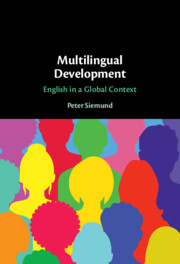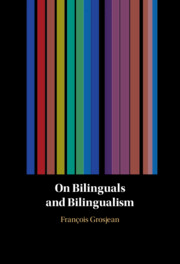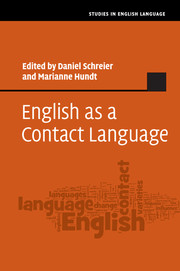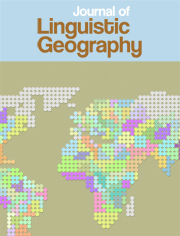Multilingual Development
English as a global lingua franca interacts with other languages across a wide range of multilingual contexts. Combining insights from linguistics, education studies, and psychology, this book addresses the role of English within the current linguistic dynamics of globalization. It takes Singapore, Hong Kong, and Dubai as case studies to illustrate the use of English in different multilingual urban areas, arguing that these are places where competing historical assessments, and ideological conceptions of monolingualism and multilingualism, are being acted out most forcefully. It critically appraises the controversial concept of multilingual advantages, and studies multilingual cross-linguistic influence in relation to learning English in bilingual heritage contexts. It also scrutinises multilingual language policies in their impact on attitudes, identities, and investment into languages. Engaging and accessible, it is essential reading for academic researchers and advanced students of bi- and multilingualism, globalization, linguistic diversity, World Englishes, sociolinguistics, and second/third language acquisition.
- Examines multilingual development from the perspective of different disciplines
- Offers a truly global perspective on the acquisition and use of English
- Provides an overview of 100 years of multilingualism research
Reviews & endorsements
'This book offers theoretical and empirical insights into the future directions for studying multilingual development. Its rich interdisciplinary literature review also makes it a helpful resource book for students who are new to the topic.' Jasper Zhao Zhen Wu, Language in Society
'A notable feature of Siemund's wide-ranging survey is the comparison and correlation of sociolinguistic features of language contact with psycholinguistic mechanisms of acquisition and learning.' Norbert Francis, Journal of Multilingual and Multicultural Development
Product details
January 2023Hardback
9781108844024
300 pages
236 × 158 × 21 mm
0.6kg
Available
Table of Contents
- 1. Multilingualism past and present
- 2. On advantages and effects of multilingual development
- 3. Cross-linguistic influence
- 4. Language development in multilingual settings
- 5. Multilingual language policies, identities, and attitudes
- 6. The new Englishes in their multilingual ecologies
- 7. Patterns and limits of multilingualism.






